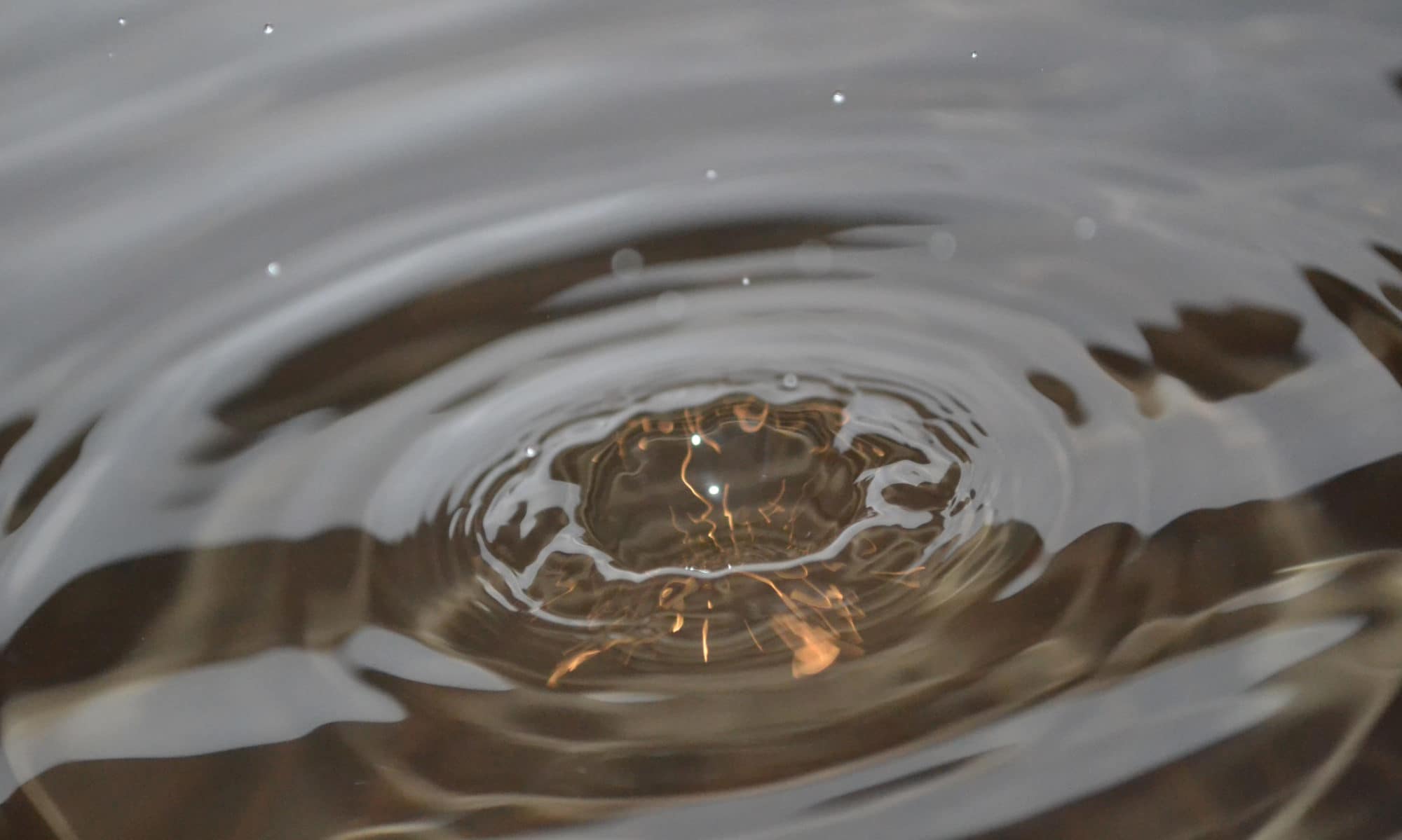WHat is SCDS
Superior Semicircular Canal Dehiscence Syndrome (usually abbreviated to SCDS or SSCDS) is a medical condition of the inner ear. It is accompanied by a series of symptoms that play out to varying degrees, from asymptomatic (no symptoms) to debilitating, often fluctuating from day to day and differently from patient to patient. Those affected have a thinning, a hole or even a complete absence of the part of the temporal bone overlying the superior semicircular canal of the vestibular system.
Other dehiscences around the labyrinth, i.e. posterior canal, horizontal canal, facial-cochlear, carotid-cochlear can present in an identical manner to SCDS. Collective synonymous terms for all dehiscences around the labyrinth are “Labyrinthine dehiscence”, “Labyrinthine Fistula” and “Otic Capsule Dehiscence”. The otic capsule refers to the dense osseous labyrinth of the inner ear that surrounds the cochlea, the vestibule and the semicircular canals, surrounded by the less dense / pneumatised petrous apex and mastoid part of the temporal bone.
The collection of symptoms that people with the diverse types of dehiscence can experience is termed “Third Mobile Window Syndrome“. An estimated one in a 100 people, or 1% of the population, suffer from Third Mobile Window syndrome.
Dr. Minor´s team at John Hopkins Hospital were the first to write about SCDS in the medical literature. They gave the openings in the balance canals the label botanists use to describe holes left behind from a burst seed pod – dehiscence.
Around 1-2% of the general population has a dehiscence (an opening) over the superior semicircular canal, but only a portion of those people are symptomatic (have the syndrome). Approximately 50% of the patients have SCDS bilaterally, in both ears.
It is now generally recognised that SCDS symptoms tend to first present themselves after a pressure-altering event, such as flying, diving or giving birth, or after physical trauma to the head or another part of the body. For some patients, however, the symptoms seem to build up gradually and may even have been present throughout the person’s whole life. Within the SCDS patient population about 25% have increased intracranial pressure and some doctors have speculated that this pressure may wear down the bone, making the skull thinner. There are several reports of more than one person from a single family with the syndrome. SCDS affects people regardless of age, sex or ethnicity.
presentation of SCDS
SCDS has been described as a great otologic mimicker because of the wide range of other diagnoses with which it can be confused, so a high degree of suspicion is advisable. Treatment of SCDS by surgical intervention has been shown to be effective in the majority of cases. Successful, well practised surgery methods have been developed. The costs are relatively low but a highly specialised team is required. If an operation is not performed, the brain can learn to compensate to some degree, but this takes its toll in the form of fatigue among other things.
There are reports of some patients who have had spontaneous resolution before a return of symptoms but nobody knows whether the situation can improve permanently without a surgical repair once the SCDS symptoms have set in. The most likely scenario is that the condition will gradually worsen for the patient, with a downward spiral, socially, mentally and economically if people are too affected to be able to work. The syndrome has been described as developing in four stages. SCDS is currently often misdiagnosed, and is undoubtedly underdiagnosed.
Most SCDS patients may have been given several tentative but incorrect diagnoses before being informed about SCDS. It is fair to say that the most affected and persistent patients, with the most typical symptoms, have a higher chance of reaching an accurate SCDS diagnosis.
underdiagnosis of SCDS
There are many reasons for the underdiagnosis of SCDS:
- The syndrome was first described in the medical literature as recently as 1998 and it still remains little known, or unknown, amongst the majority of medical professionals.
- The diagnostics require a thorough battery of tests that takes time to perform, and involves equipment that is not always readily available; furthermore very few doctors have adequate training for interpreting the results of the tests.
- Many SCDS symptoms overlap with those deriving from other medical conditions, and inadequate or inappropriate testing leads to misdiagnosis.
- Many SCDS patients will have other concomitant inner ear disorders, such as BPPV, that may confuse the clinical picture.
- As fascinating as SCDS may seem, pathology connected to the ears has a relatively low status within the medical world. It’s a curious fact, considering that the brain, whose functions are thoroughly linked in with the inner ear, has top ranking in this respect.
- Doctors specialising in balance disorders are a fairly rare breed, prepared to devote copious time to discuss with dizzy patients symptoms that often are diffuse and fluctuating, but may be debilitating nonetheless.
The current situation is unacceptable. Apart from the suffering these circumstances involve, they create a high level of cost. It is expensive for the patients, but is also particularly costly for welfare states that may be called upon to provide abundant benefit payments to those patients since they are unfit for work as a result of their symptoms, as well as health care for the management of symptoms that simply won’t go away without specific and successful surgical repair operations developed specifically for SCDS.
recorded misdiagnosis, related and/or concomitant conditions
in alphabetic order:
-
-
-
-
-
-
CHRONIC FATIGUE SYNDROME (CFS)
-
-
FIBROMYALGIA
-
-
-
LYME DISEASE
-
-
-
MYALGIC ENCEPALOMYLITIS (ME)
-
-
-
POST-CONCUSSIVE SYNDROME
-
POST-VIRAL FATIGUE SYNDROME
-
PSYCHOLOGICAL/MENTAL PROBLEMS
-
The list is incomplete. Please note that SCDS can be misdiagnosed as one of the above and/or be present concomitantly with the above. In fact, some of these diagnoses are suspected to be more commonly present among the SCDS population.
Take action
